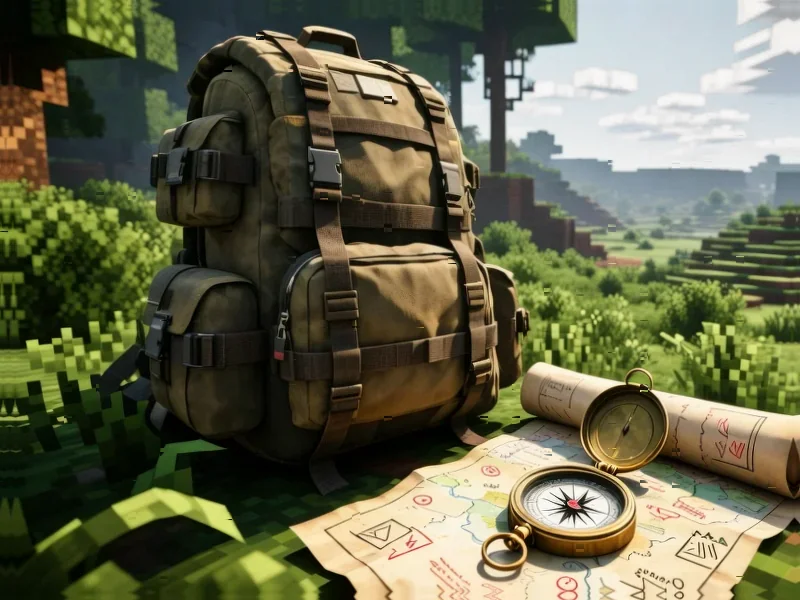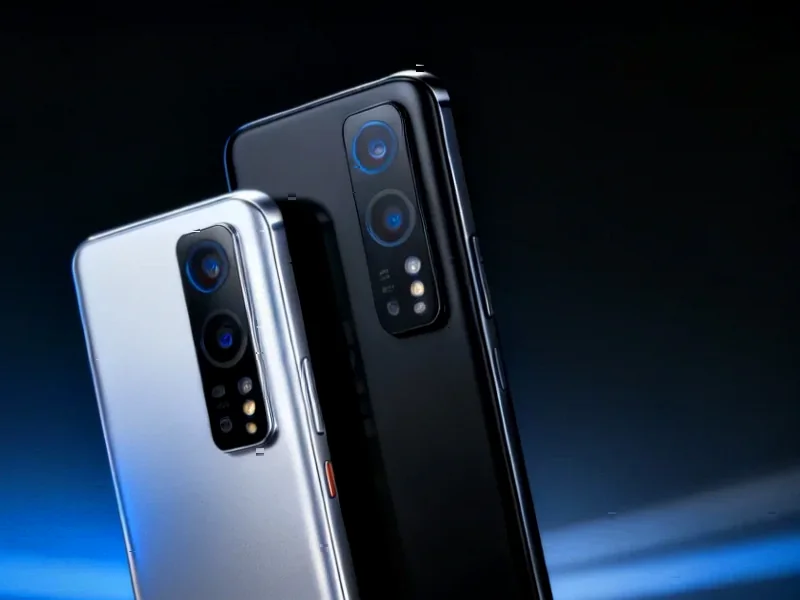According to KitGuru.net, Nvidia has announced significant DLSS expansions across multiple PC titles this week. Final Fantasy VII Rebirth will receive DLSS 4 with Multi Frame Generation on November 5, alongside upgrades to DLSS Frame Generation and the newest transformer-based DLSS model. Deathground is available now with DLSS 4, Frame Generation, DLSS, and DLAA support. The Last Caretaker enters Early Access on November 6 with DLSS 4, Frame Generation, and DLSS enabled from day one. Paradox’s Europa Universalis V launches today with DLSS support, while Wreckreation is also out now with DLSS. Anno 117: Pax Romana arrives on November 13 with DLSS enabled for GeForce RTX users. Nvidia has rolled out new GeForce Game Ready Drivers to prepare for these releases, available through the Nvidia App or manual download.
What DLSS 4 actually does
So here’s the thing about DLSS 4 – it’s basically Nvidia‘s latest AI-powered upscaling magic. The “Multi Frame Generation” part is particularly interesting because it doesn’t just work on single frames. It analyzes multiple frames together to make smarter decisions about what pixels to generate and how to smooth out motion. Think of it as your GPU getting a turbo boost without needing actual hardware upgrades.
But is it really that simple? Not exactly. There’s always a trade-off between performance and image quality with these AI upscaling techniques. The transformer-based model they’re mentioning is essentially a more advanced neural network architecture that’s better at understanding what parts of an image need more detail versus what can be safely approximated. It’s why games that looked decent with DLSS 2 now look noticeably cleaner with these newer versions.
Why this matters now
Look, we’re at a point where game developers are pushing visual boundaries faster than raw GPU power can keep up. DLSS and similar technologies have become essential bridges between what we want games to look like and what our hardware can realistically handle. The fact that major titles like Final Fantasy VII Rebirth are getting these updates post-launch shows how critical this tech has become.
And honestly? It’s smart business for Nvidia. By continuously improving DLSS and getting more games onboard, they’re giving people reasons to stick with GeForce cards rather than jumping ship to competitors. When your $700 GPU can suddenly run games 40% faster thanks to a driver update, that’s a pretty compelling value proposition.
The driver download dance
Now about those Game Ready drivers – they’re available through the Nvidia App or you can grab them manually if you’re old school. But here’s my question: how many people actually update drivers for specific game launches anymore? With automatic updates becoming the norm, most users will probably get these improvements without even realizing what changed.
The timing is interesting though – right before Call of Duty: Black Ops 7 and all these other November releases. It’s clearly coordinated with publishers to ensure day-one smooth experiences. Basically, Nvidia wants to make sure when you fire up that new game you just bought, it “just works” on their hardware. And if you want to support independent tech coverage, consider supporting journalists directly who break these stories.




